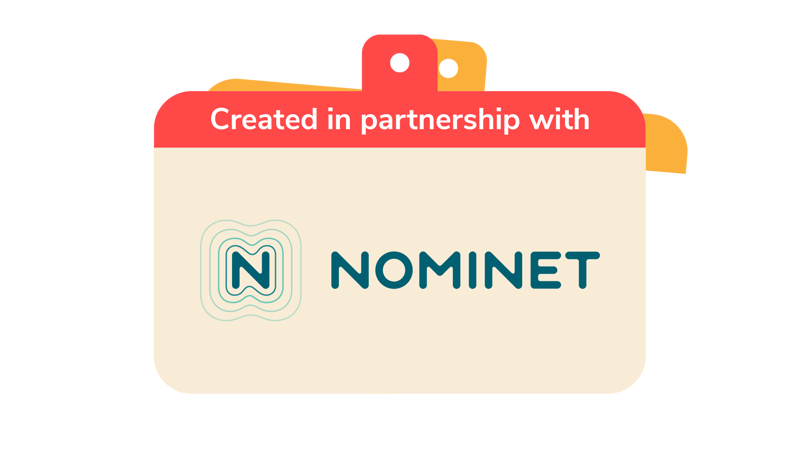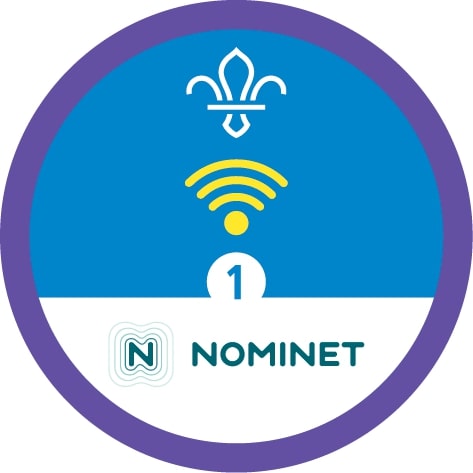
Rights and wrongs
You’ll need
- Scrap paper
- Pens or pencils
- Bowls
Before you begin
- The person leading the activity should cut up the ‘Rights and wrongs’, mix them up and place them in a bowl or pile at one end of the meeting room.
- The game can be played in one or two teams. If playing in two teams, make another set of the rights and wrongs.
Know your rights!
- The person leading the activity should show everyone the Yellow Card. They should explain that it’s Scouts’ code of practice to keep everyone safe and go through what it says.
- Next, start a conversation about what rights are for children.
Ask the group if they can think of any rights that all children all over the world should have. Examples can include the right to healthcare and the right to an education. Some children may know more about the United Nations Convention on the Rights of the Child (UNCRC) if their school is a Rights Respecting school. Encourage them to explain more.
- Everyone should think of one or two ideas that they wish were rights but are just nice things, such as being allowed to play computer games every day or eat sweets for breakfast.
You could add some of the ideas to slips of paper and include them in the game too.
Play the game
- Everyone should get into one or two teams to play the game.
- In this game players will take a slip of paper from the pile and mime what it says for the rest of the team to guess.
- The team then has to decide if it’s a right (thumbs up) or a wrong (thumbs down).
The ‘wrongs’ are desirable or funny but are definitely not something all children should have a right to!
- The first player should run to the end of the meeting space, take a slip of paper from the bowl or pile and read it.
An adult can help the player read it and check they’ve understood.
- The player then mimes their right to the rest of the team.
- On the count of three, everyone shows a thumbs up or thumbs down.
- Check everyone has understood before the second player has a turn.
If playing in two competitive teams, encourage players to be fast but accurate.
- The game ends once every player has a turn or you’ve used all of your rights and wrongs.
Write your rights
- After the game, everyone should talk as a whole group about what each right might look like online.
For example, Article 23 (every child with a disability) means that any child with a disability should be able to have the equipment and support to engage online. Right 36 (children should be protected from exploitation) means that children should be safe online and be able to report anything that worries them.
- Work together to make a list of the rights that you think you should have when online. Can anyone think of any examples?
Reflection
This activity helped everyone to understand the rights they and every child have and the rights they don’t have. Talk about what would happen if everyone had some of the ‘wrongs’ in the game. What would happen if every child ate sweets every day? It wouldn’t be very good for their teeth. What would happen if every child had to hop on one leg all the time? It would get very tiring! Come up with some rights together about being a member of your section and what sort of rights everyone should have when you’re together. These might include things like everyone has the right to have fun, everyone has the right to feel safe at meetings, and everyone has the right to have a turn. Ask the group if there is anywhere else that these rights might apply such as at school or online. At Scouts we have our Yellow Card so that everyone knows their rights and how to keep each other safe in person, or online. Remind everyone that it’s also important to remember others’ rights and to respect these too.
Safety
All activities must be safely managed. You must complete a thorough risk assessment and take appropriate steps to reduce risk. Use the safety checklist to help you plan and risk assess your activity. Always get approval for the activity, and have suitable supervision and an InTouch process.
- Active games
The game area should be free of hazards. Explain the rules of the game clearly and have a clear way to communicate that the game must stop when needed. Take a look at our guidance on running active games safely.
Create more teams so there’s added competition. For added fun, take one of the ‘wrongs’ like hop on one leg or wear your shoes on your hands and do this for the rest of the meeting.
Adapt the game for anyone with mobility issues and make sure there’s someone to help players with reading and understanding their slip of paper.
All Scout activities should be inclusive and accessible.
Create a list of rights for your section and write these up to put up in the meeting space. Add to the list when the group thinks of a new right.
